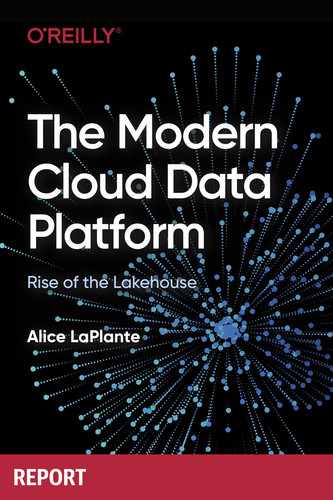Everyone wants a modern data platform, but what does that mean? Is it a data warehouse? A data lake? Can all or part of it be on-premises, or must it involve the cloud or even multiple clouds? What are the pros and cons of these various approaches? If there were an ideal data platform architecture, what would it look like? O'Reilly and Databricks collaborated on a global survey of more than 3,000 data professionals to determine the state of modern cloud data platform architectures. We asked about the respondents' data platform architectures and use cases. We asked about the challenges associated with those architectures and how those challenges impact their businesses. And we asked what criteria would be important to consider when evaluating new types of data architectures. This report is the result of that in-depth dive into the state of cloud data platforms today. It also explains how data teams are organized to address cloud data architectures and offers five steps to building a system that can stand the test of time.
Table of Contents
- The Modern Cloud Data Platform: Rise of the Lakehouse
- Data Teams and Their Challenges
- The Importance of the Cloud to the Data-Driven Company
- Data Architecture Options
- Data Warehouses
- Data Lakes
- Specialized Systems
- The Business Impact of Data
- Impact of Managing Complex Data Architectures
- Envisioning a Better Data Environment
- Addressing the Limits of Current Data Architectures
- What Is a Lakehouse ?
- Conclusion: Dive Into a Lakehouse
